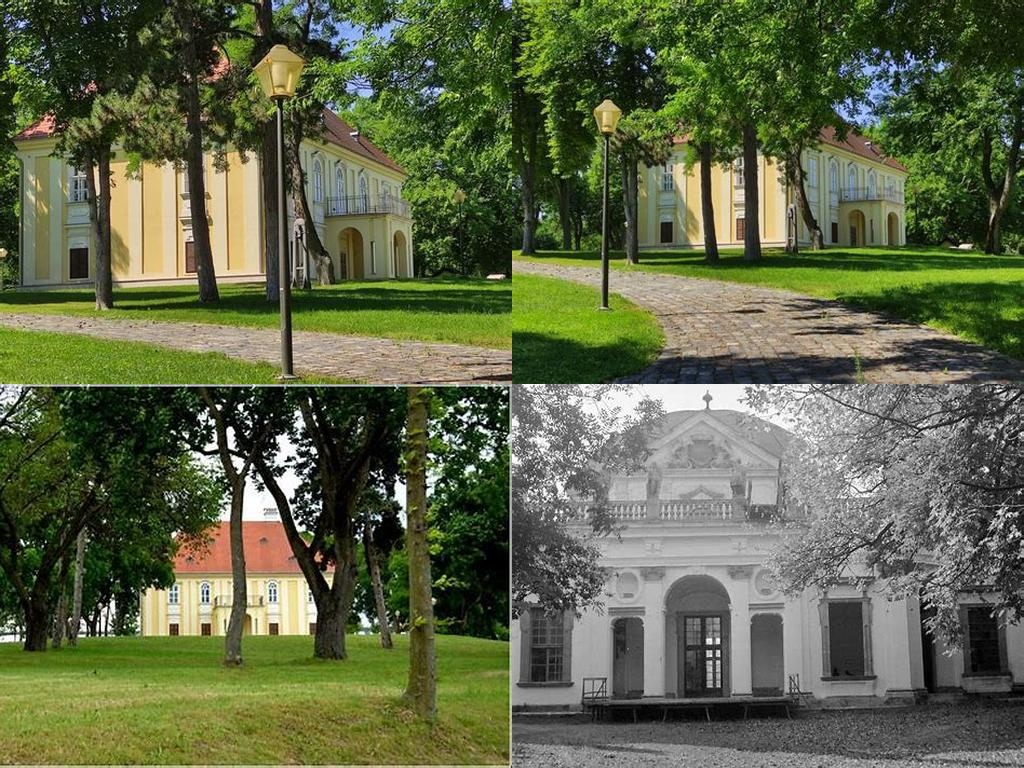
Széchenyi-kúria sits quietly in the hilly heart of Kőröshegy, a small but striking Hungarian village nestled between fields and the northern reaches of Lake Balaton. Anyone expecting a grand, ostentatious palace may be surprised by the understated charm of this unique mansion. It’s as if the past lingers here in gentle conversation instead of grand speeches, waiting for sharp-eyed visitors to discover its subtle stories. For those who want to experience Hungarian heritage away from well-trodden city paths, the Széchenyi Mansion offers an intimate look into changing centuries and the people who shaped this landscape.
Walking up the drive, you notice how the mansion blends into its leafy surroundings, hugging the land rather than dominating it. This is quintessentially Széchenyi – a family known for their reformist ideas and understated influence on Hungarian culture and progress. Constructed originally in the late 18th century, the manor was built in the Classicist style, with elongated lines and perfectly balanced facades. Unlike the more flamboyant baroque palaces elsewhere, this structure reveals its elegance in proportion and detail: a restrained cornice, pale pastel stucco, windows inviting afternoon light to spill across creaking wooden floors.
No story of the mansion is complete without mentioning its most famous resident, Count György Széchenyi, who made Kőröshegy his home in the mid-1800s. He wasn’t just any nobleman – his family played pivotal roles in Hungarian political and social life, with relatives like the renowned reformer István Széchenyi. Under Count György’s eye, the estate transformed from a practical agricultural hub into a center of cultural life for the region. There are tales of music swirling through the halls, with visiting poets and thinkers debating the future of Hungary late into the evening over crystal glasses of Balaton wine.
There is something quietly powerful about the mansion’s interior. Time has left a respectful patina on every surface, and when you wander through the salons you’ll see the persistent marks of generations: a gently worn banister, historical portraits gazing off into imagined distance, and thick walls that keep the house cool in the stickiest summer. The original family chapel, though modest, is one of the estate’s treasures and still preserves elements of its original décor. In summer, the garden comes alive with roses, and the mature trees planted by generations of caretakers offer deep, cool shade. Pause for just a moment and you’ll hear not just birdsong, but the whisper of the past in the rustling leaves.
Unlike crowded palaces, visiting Széchenyi-kúria feels personal. There’s room to breathe here – literally and figuratively. The staff and local guides are more than happy to share stories and lesser-known local anecdotes, often pointing out features that a casual wanderer might miss. A particularly impressive sight is the family’s coat of arms, still proudly displayed above the entrance. Local legend goes that when the area suffered one of its worst floods in the 19th century, the mansion became a makeshift headquarters for relief efforts, with townspeople and nobility working shoulder to shoulder.
For the curious, Kőröshegy itself is worth exploring. This village has a sleepy, timeless quality, with whitewashed cottages, a centuries-old Calvinist church, and vineyards tumbling down green slopes. The mansion, set slightly apart from the main street, allows visitors to step easily between rural tranquility and the stately echoes of gentry life. If you time your visit just right, you may even catch a local festival or open garden event – occasions when the mansion’s grounds fill with life and laughter, and the lines between past and present blur in the best possible way.
Perhaps the most enduring appeal of Széchenyi Mansion is its human scale. It isn’t flashy – instead, it invites guests to reflect on how Hungarian history is woven through architecture, customs, and natural beauty. Each corner tells a chapter; each old tree in the garden bears witness. Spend a quiet afternoon here and you’ll leave with the feeling that you’ve stumbled upon a secret – an unassuming, deeply authentic corner of Hungary, gently preserved by the modest grandeur of Kőröshegy’s most storied residence.





